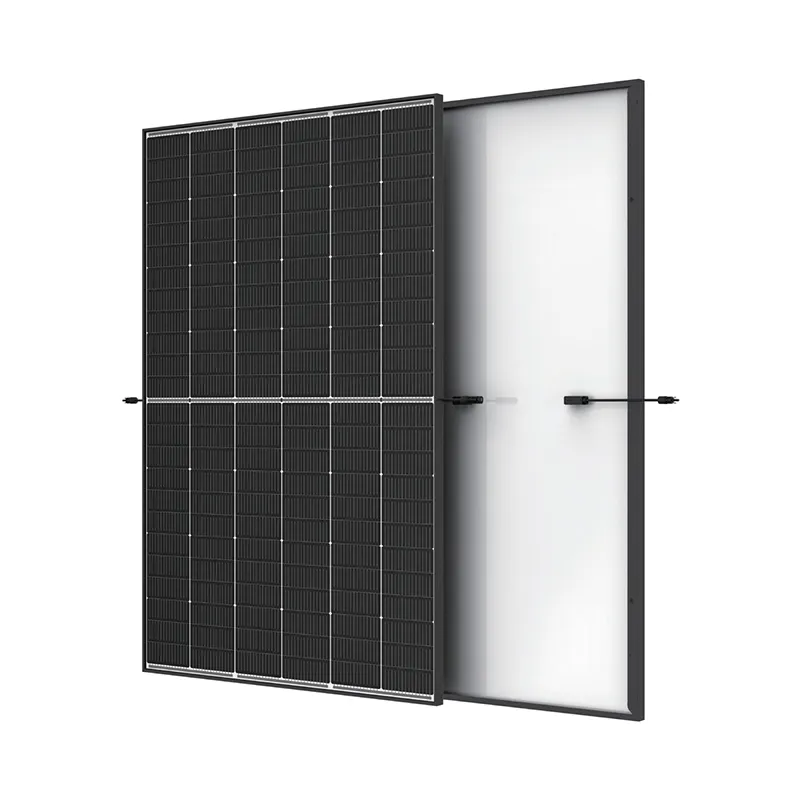Cost Analysis of 10kW Solar Inverter for Home Installation
The Price of a 10 kW Solar Inverter A Comprehensive Overview
As the world increasingly shifts toward renewable energy sources, solar power stands out as one of the most viable options. Among the essential components that enable solar energy systems to function effectively is the solar inverter. Specifically, the 10 kW solar inverter has gained popularity among residential and commercial users alike due to its capacity to handle moderate energy demands. This article aims to delve into the various factors influencing the price of a 10 kW solar inverter and what consumers should consider when making a purchase.
Understanding Solar Inverters
A solar inverter is an electrical device that converts the direct current (DC) produced by solar panels into alternating current (AC), which can be used by household appliances. The 10 kW inverter is suitable for medium-sized installations, often serving homes with high energy consumption or small businesses. The price of such an inverter can vary significantly based on various factors, including brand, technology type, installation complexity, and additional features.
Price Range of 10 kW Solar Inverters
On average, the price of a 10 kW solar inverter typically ranges from $1,000 to $3,000. High-end models may exceed this range, particularly if they incorporate advanced features such as smart technology, remote monitoring, and enhanced efficiency ratings. Factors influencing this price range include
1. Brand Reputation Established brands like SMA, SolarEdge, and Fronius tend to charge more due to their reliability and track records in the industry. Consumers often feel more secure opting for reputable providers, which might add to the upfront costs but can lead to long-term savings due to lower failure rates and better customer support.
price of 10kw solar inverter

2. Inverter Technology There are several types of solar inverters, including string inverters, microinverters, and power optimizers. For instance, a string inverter is generally more affordable and simpler to install, while microinverters can be pricier but offer advantages like individual panel monitoring and better performance in shaded conditions.
3. Installation Costs The expenses associated with installation should also be taken into account. Professional installation can range from $500 to $2,000, depending on the complexity of the setup and local labor rates. Consumers should request quotes from multiple installers to find the best deal.
4. Additional Features Modern inverters often come equipped with added functionalities that can enhance user experience and overall system performance. These may include Wi-Fi connectivity for remote monitoring, grid-tied capabilities for selling excess energy back to the grid, and battery storage integration. While these features may come at a premium, they can provide significant benefits in terms of efficiency and energy management.
5. Government Incentives Depending on the region, government incentives and rebates can significantly reduce the overall cost of purchasing a solar inverter. Programs aimed at promoting renewable energy may offer tax credits or direct financial assistance, making the investment more appealing for homeowners and businesses.
Conclusion
In summary, the price of a 10 kW solar inverter can vary widely based on brand, technology, installation complexities, and additional features. As the solar market continues to evolve, prices are likely to become more competitive, making solar energy solutions more accessible. When considering a purchase, it is essential to evaluate both the upfront costs and the long-term benefits, factoring in reliability, warranty, and potential savings on energy bills.
Investing in a solar inverter represents a proactive step toward sustainability and can lead to significant financial savings over time. As you weigh your options, take the time to research and consult with professionals to ensure that you make an informed decision tailored to your specific energy needs.
-
String Solar Inverter: The High-Efficiency Solution for Smart Solar EnergyNewsJul.14,2025
-
Revolutionizing Rooftop Energy with the Power of the Micro Solar InverterNewsJul.14,2025
-
Power Independence with Smart Off Grid Solar Inverter SolutionsNewsJul.14,2025
-
On Grid Solar Inverter: Powering the Future with Smart Grid IntegrationNewsJul.14,2025
-
Monocrystalline Solar Panels: High-Efficiency Power for the Future of Clean EnergyNewsJul.14,2025
-
Bifacial Solar Panel: A Smarter Investment for Next-Generation Energy SystemsNewsJul.14,2025







